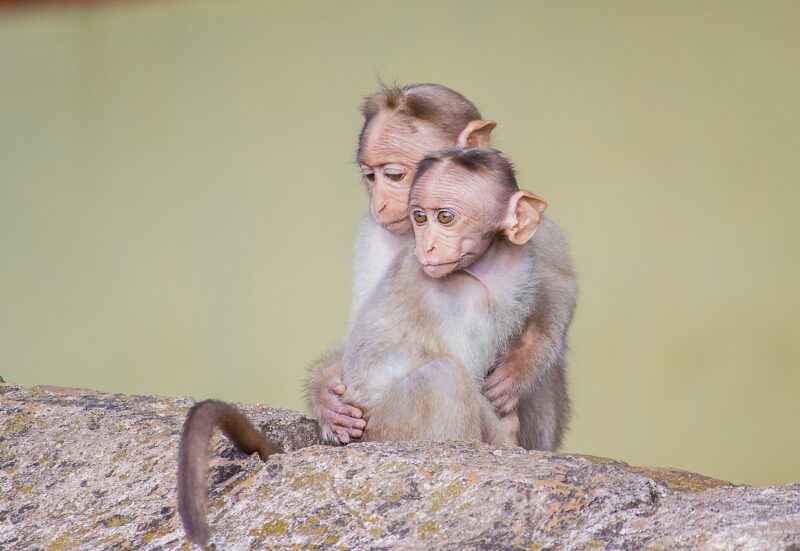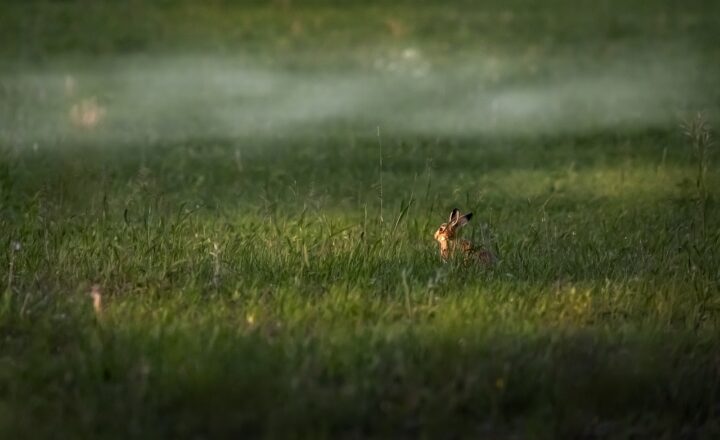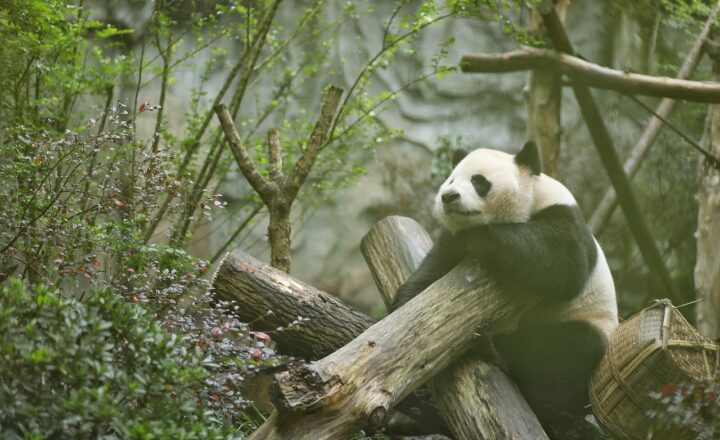How Monkeys Communicate: The Social Structures and Behavior of Primates
November 14, 2024

Communication among monkeys is a complex and fascinating topic that sheds light on their social structures and behavioral patterns. Monkeys communicate through a variety of vocalizations, facial expressions, body postures, and even physical touch. Understanding these communication methods provides valuable insights into their social interactions and the development of social bonds within groups.
1. The Importance of Communication in Monkey Societies
Communication is essential in primate societies for various reasons, including:
- Cooperation: Effective communication helps monkeys cooperate in tasks such as foraging, defense against predators, and caring for young. Social cohesion leads to improved survival rates in their communities.
- Hierarchy Establishment: Many monkeys live in structured societies with clear hierarchies. Communication plays a crucial role in establishing and maintaining these social ranks, allowing individuals to assert dominance or submit peacefully.
- Parental Care: Monkeys often use vocalizations and physical interactions to convey affection and care towards their young, fostering strong bonds and emotional trust within family units.
Understanding the ways in which monkeys communicate can deepen our comprehension of their social mechanics and provide insights into the evolution of primate communication systems overall.
2. Vocal Communication: Calls and Sounds
Monkeys are known for their diverse vocalizations, which can convey different messages depending on the context.
Types of Vocalizations
- Alarm Calls: These calls alert group members to the presence of predators. Different species have alarm calls unique to the type of threat, such as ground or aerial predators. Studies have shown that monkeys can recognize the meaning behind these calls and respond appropriately based on the situation.
- Contact Calls: Used for maintaining connections between group members, contact calls keep individuals aware of each other’s location, especially in dense habitats. These calls can be crucial during foraging trips or while navigating through trees.
- Social Calls: These vocalizations may signify excitement, affection, or distress and help to reinforce social bonds among group members. Social grooming often follows vocal interactions, highlighting the importance of these communications in group cohesion.
Vocal communication among monkeys is a dynamic aspect of their behavior that reflects their social structures and environmental adaptations.
3. Non-Verbal Communication: Body Language and Facial Expressions
In addition to vocalizations, monkeys utilize a repertoire of body language and facial expressions to communicate with each other.
Facial Expressions
Monkeys can convey various emotions through their facial expressions, including:
- Bared Teeth: While humans may interpret bared teeth as a sign of aggression, within monkey contexts, it often indicates a submission or a friendly greeting, especially among chimpanzees and macaques.
- Pouting or Puckering: Monkeys may show distress or frustration through specific mouth movements. These expressions can alert others to their emotional state and prompt social support from group members.
Body Postures
Monkeys also rely on specific body postures to communicate their intentions:
- Submissive Postures: When a monkey wants to avoid conflict, it will often adopt a submissive stance by lowering its body and turning away. This behavior signals to dominant individuals that it poses no threat.
- Aggressive Displays: Conversely, aggressive postures may involve raising the body, puffing the chest, or making loud vocalizations to assert dominance during confrontations.
The combination of vocal and non-verbal communication enriches the social interactions of monkeys, allowing them to express emotions, negotiate social hierarchies, and recognize kinship ties.
4. Social Structures in Monkey Communities
Monkeys live in varying types of social structures, including:
- Matriarchal Groups: In some species, such as the Bonobos, females lead the social hierarchies. Communication within these groups often revolves around female-centric bonding and cooperation.
- Hierarchical Troops: Most monkeys, including macaques and baboons, exhibit male-dominant hierarchies where males compete for status, leading to a structured society that relies heavily on vocalizations and physical displays.
- Multi-Male and Multi-Female Groups: Many species, such as rhesus macaques, thrive in diverse groups where individuals communicate more frequently due to increased competition and social complexity.
These social structures create a dynamic environment where communication is pivotal for maintaining relationships, alliances, and individual social standing.
5. The Role of Play in Communication
Play behavior is a significant aspect of monkey communication, particularly among young individuals. Play serves several purposes:
- Social Bonding: Through playful interactions, young monkeys learn important social skills, navigate relationships, and solidify their social bonds. Vocalizations and gestures during play often convey excitement and willingness to engage.
- Conflict Resolution: Play can reduce tensions and resolve conflicts within groups. Friendly social play requires clear communication, allowing individuals to express boundaries and intentions, thereby preventing aggression.
By observing play in young monkeys, researchers can gain insights into the development of communication skills and their importance for social integration.
Conclusion: The Complexity of Monkey Communication
Understanding how monkeys communicate provides valuable insights into their social structures and behaviors. From vocalizations to intricate body language, these communication methods are fundamental for survival, social bonding, and hierarchal dynamics. With ongoing research in primate behavior, we continue to uncover the complexities of how these intelligent beings interact within their societies. The social lives of monkeys are a testament to the richness of communication, revealing layers of meaning that reflect their evolutionary journey and the importance of social intelligence in the animal kingdom.







